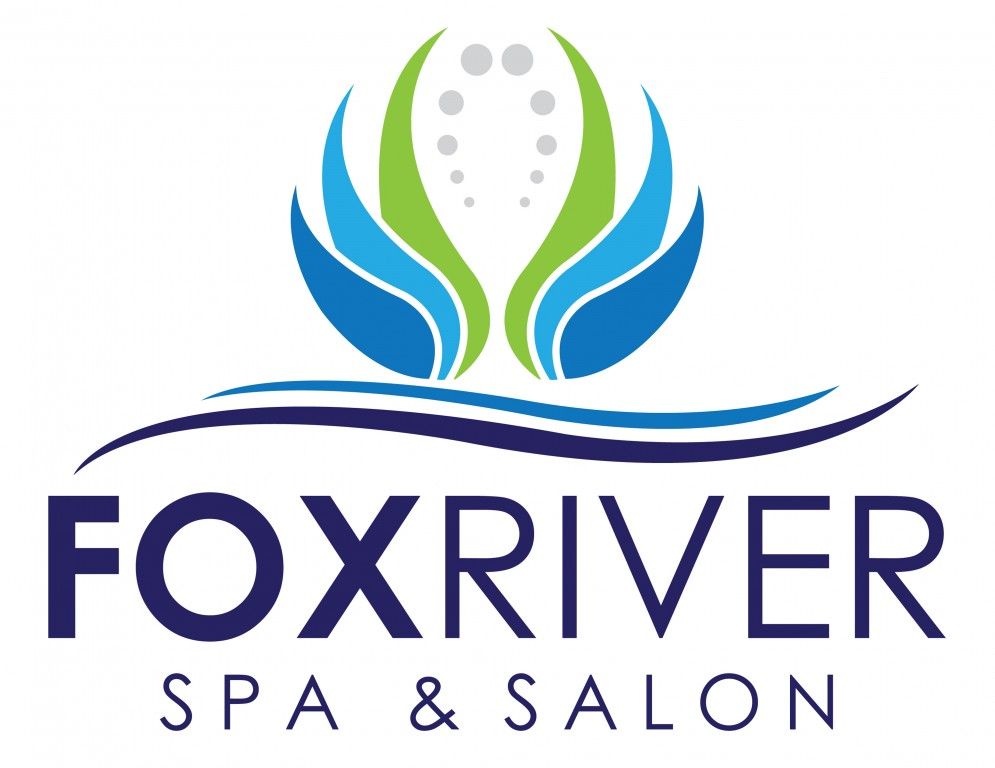
If you want to learn how to relax better, you will gain from learning the many benefits of water. Also called”early” (but it is not ), water is a type of therapeutic bodywork used for passive and profound comfort. Lots of people are knowledgeable about traditional Chinese medicine, such as acupuncture, that uses stress points to treat an assortment of ailments. Acupuncture and cats share several similarities, for example, usage of calming stress points (acupoints) on the human body that activate the body’s normal healing response. This recovery response could be controlled by employing specific methods, such as that utilized in watsu.
Watsu has its roots in the Japanese martial arts of Aikido, which has been founded by Kenji Tomiki. Since Aikido considers that every attack, move, and procedure could cause powerful energy fluctuations, both for the fighter and the opponent, a constant flow of energy is vital. Aikido also believes that a small number of little pressure points together muscles and bones can cause enough change to result in an entire bodily functioning. Thus, as soon as a fighter (Aikido student) undergoes a surprising bout of muscle pain, then they can gain relief by focusing on the position of their pain and preventing it with proper methods, such as mild stretching.
Another similarity between acupuncture and watsu lies in the usage of hand strain. In both types of bodywork, therapist gently moves hands over certain key locations. The hands of a therapist in plain water will probably differ than those of an acupuncturist. Back in watsu, the hands are found on the thigh, buttocks, pelvis, ribcage, shoulder, neck, and shoulders; the palms of these acupuncturist in acupuncture are utilized on the lower back, abdomen, pelvis, ribsand shoulders, and neck. The goal of the movements is to promote circulation, improve flexibility, eliminate stressand calm the nervous system, and so forth.
Normal water therapy occurs in a personal office or other place from a single patient. The watsu therapist keeps eye contact during the session, speaks softly to the patient, touches base on regions of interest, and utilizes smooth, flowing movement. Many times the session is accompanied by music, such as classical music, or character or flute-based music. Most watsu centers have a music area where the coaches, students, as well as other clients gather to listen and to execute movements which are significant to them.
Throughout a Watsu session, then the watsu professional will position their hands on particular parts of the body and perform motions very similar to massage. Some therapists use just their fingertips, but some apply pressure with their whole hands. Pressure is occasionally applied together with both hands simultaneously, while other therapists just use one. After the semester, the customer makes feeling refreshed and physically fit.
One of the many differences between water and massage is that the focus on physicality. A massage therapist may attain an remarkable sense of comfort simply by rubbing muscle parts in a massage fashion that’s somewhat like a conventional shiatsu massage. But a water professional is also trained to control joints and possibly even bones during a session. If done properly, an expert water practitioner can stretch muscles, trigger points, and move bones. This kind of advanced bodywork is frequently utilised to alleviate muscle strain and improve circulation.
In Japan, in which the custom of water was practiced for more than two thousand decades, it is widely regarded as a beneficial method to reduce pain and encourage healing. The increased amount of attention to detail which goes into the practice makes it an effective tool for anybody who experiences chronic pain. Many practitioners also integrate yoga and meditation into their sessions to offer pain relief and encourage healing. Medical professionals have also begun to take notice of the distinctive methods that water can help decrease pain and boost wellbeing. For many individuals, the persistent pressure applied to certain areas of the body provides much needed relief from a variety of ailments.
A case report released by the Journal of Alternative Medicine shows how a lady with fibromyalgia was able to deliver relief for her fibromyalgia pain during the joint efforts of traditional Japanese medicine and traditional Chinese medicine. The girl had attempted a variety of traditional therapies, such as acupuncture and acupuncture, but to no avail. She did, however, enjoy great success when she began visiting a massage therapist who specialized in plain water. 출장마사지 In cases like this, the joint outcomes of acupuncture and shiatsu lower her symptoms to the point where she managed to return to daily life without discomfort.